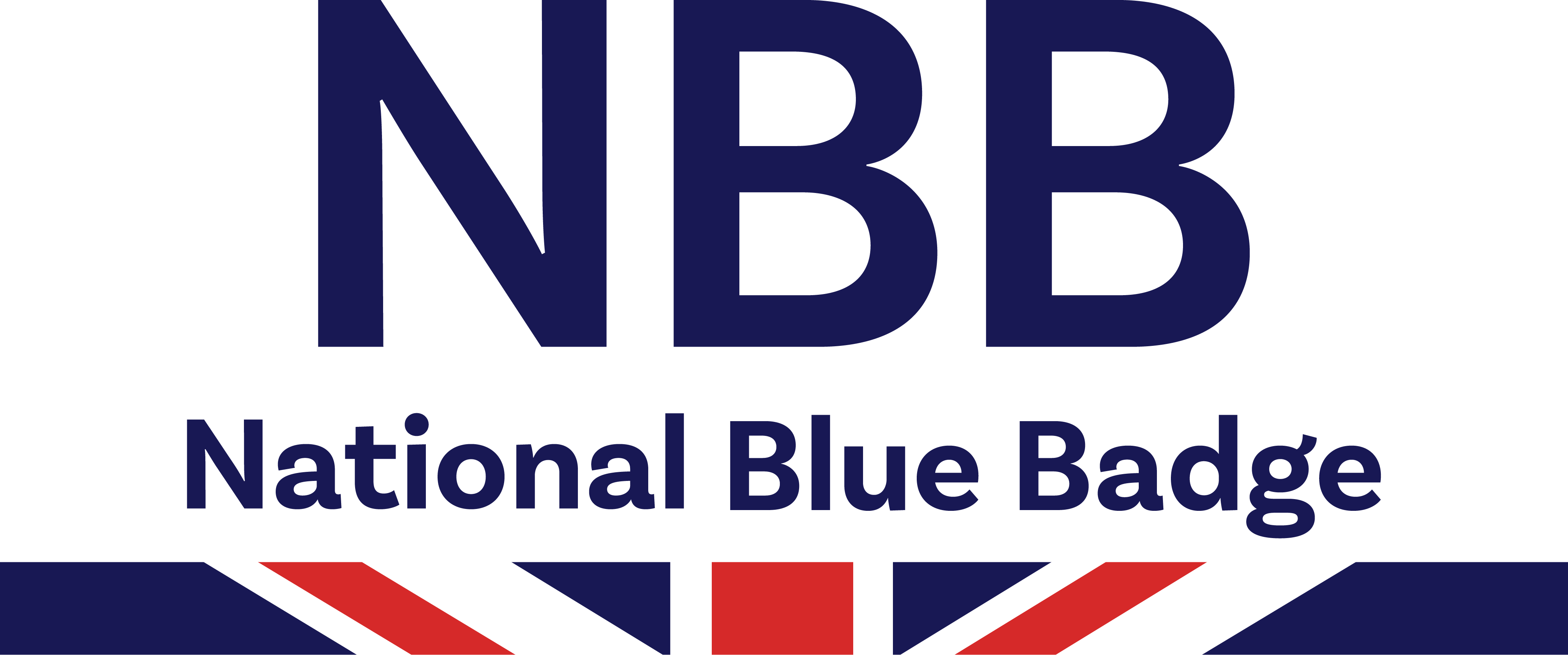Blue Badge rules explained and who is allowed to use one on your behalf
The Blue Badge scheme in the UK offers essential parking concessions for individuals with disabilities or health conditions that significantly impair mobility. This program enables eligible individuals to park closer to their destinations, thereby enhancing accessibility and independence.
Automatic Eligibility Criteria:
You automatically qualify for a Blue Badge if you meet any of the following conditions:
- Higher Rate Mobility Component of Disability Living Allowance (DLA): Receiving this benefit confirms eligibility.
- Personal Independence Payment (PIP): A score of 8 points or more in the ‘moving around’ activity of the mobility component qualifies you. Additionally, a score of 10 points under descriptor E in the ‘planning and following journeys’ activity, indicating an inability to undertake any journey due to overwhelming psychological distress, also grants eligibility.
- Visual Impairment: Being registered as blind (severely sight impaired).
- War Pensioners’ Mobility Supplement: Recipients are eligible.
- Armed Forces and Reserve Forces Compensation Scheme: Individuals awarded a lump sum benefit within tariff levels 1 to 8 and certified as having a permanent and substantial disability causing inability to walk or considerable difficulty in walking are eligible.
Discretionary Eligibility Criteria:
Even if you do not meet the automatic criteria, you may still be eligible for a Blue Badge if any of the following apply:
- Severe Mobility Issues: Inability to walk, or walking requires assistance or mobility aids.
- Walking Difficulties: Experiencing significant pain, breathlessness, or taking an extended time to walk.
- Health and Safety Risks: Walking poses a danger to your health and safety.
- Life-Limiting Illness: Conditions that severely restrict walking ability, accompanied by a SR1 form.
- Severe Upper Limb Disabilities: Drivers with severe disabilities in both arms who cannot operate parking meters.
- Children Under 3: Those with medical conditions necessitating bulky medical equipment or requiring immediate access to a vehicle for emergency treatment.
- Non-Visible (Hidden) Disabilities: Conditions causing significant risk near vehicles, severe difficulty planning or following journeys, or overwhelming psychological distress in public spaces.
Application Process:
To apply for a Blue Badge, you will need to provide:
- Proof of Identity: Such as a birth certificate, passport, or driving licence.
- Proof of Address: Recent council tax bill, government letter, or driving licence.
- Recent Photograph: A digital head and shoulders photo.
- National Insurance Number: If applicable.
If you receive benefits like PIP or DLA, include the relevant award letters detailing your mobility scores and award dates. For those not automatically eligible, additional medical evidence may be required to support your application.
Applications can be submitted online through the GOV.UK website or via your local council. Processing times can vary, so it’s advisable to apply well in advance of when the badge is needed.
Usage Guidelines:
The Blue Badge is assigned to the individual, not a specific vehicle. It can be used in any car you are travelling in, whether as a driver or passenger. However, it must only be displayed when you are present in the vehicle. Misuse of the badge, such as allowing others to use it in your absence, is a criminal offence and can result in fines up to £1,000.
For comprehensive information on eligibility and application procedures, refer to the official GOV.UK guidance.
